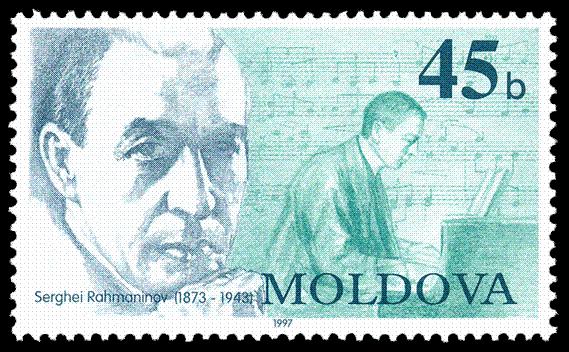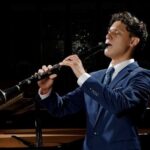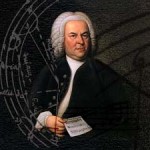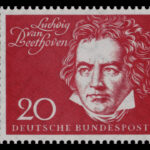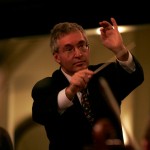Rachmaninoff was already a budding composer and pianist when he composed this concerto, one of his most famous and recognizable works, in 1901. The circumstances surrounding Rachmaninoff’s composition of this concerto are quite dramatic. After a disastrous 1887 premiere of his first symphony, Rachmaninoff fell into 3-year depression and stopped composing. At the urging of his family, Rachmaninoff sought help from Dr. Nikolai Dahl, a family friend and musician, to cure him of his depression. Dr. Dahl treated him for three months with hypnotherapy, and it worked. Rachmaninoff was able to resume composing, writing his celebrated Piano Concerto No. 2 in 1900-1901 (dedicating it to Dr. Dahl). This concerto firmly established Rachmaninoff’s reputation as a great composer and has since become one of his most popular works.
The opening Moderato begins with opening solo piano chords, after which the main theme is stated in unison by the upper strings and clarinet. A transition leads to a forceful cadence; a more sedate tempo (highlighting clarinets and violas) presages the second theme, introduced by the piano. A sudden chorale fanfare in the brass introduces the development section, with new five-note motifs introduced by the cellos/basses and flutes. After a thundering climax, the opening theme reappears in a stately march style. The coda accelerates quickly to a rousing finish, punctuated by the solo piano.
The ultra-lyrical Adagio sostenuto is one of the most recognized works in the concerto repertoire. It opens with a striking orchestral modulation from C Major to E Major, after which the piano enters with repeated triplet arpeggios. The singing main theme is introduced by flute and then shared with the clarinet, before being taken up by the piano and violins in turn. A development section features a counter-subject by the bassoon, followed by the violins and violas. After a faster section, with several piano cadenzas, the opening piano triplets recur, together with the main theme in the violins. The final coda features a sublime interplay between the piano, staccato flutes and clarinets, and a soaring melody in the strings, before resolving to the solo piano at the end of the movement.
The final Allegro scherzando movement begins with a spritely orchestral introduction. After a brilliant piano cadenza, the playful main theme is introduced by the piano. A slower piano passage introduces the second theme, played by violas and clarinets – nostalgic, with a touch of melancholy – one of the most famous themes Rachmaninoff ever wrote. A transition section featuring piano triplets leads to the development; a fugal section follows, taken up in turn by the violins, piano, violas, ‘celli and horns. The second theme is restated; after a further transition and development, a short piano cadenza leads right into a majestic restatement of the second theme. A final accelerando leads to a triumphant conclusion, with Rachmaninoff’s “signature” rhythmic flourish in the last measure.
Piano Concerto No. 2
Op. 18
Composed in 1900-01
By Sergei Rachmaninoff
